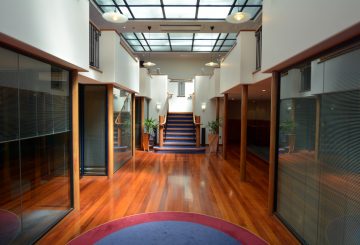灵活的工作条件被视为防止新西兰科技公司失去员工流向海外大公司的重要工具。
总部位于克赖斯特彻奇的 Jade Software 公司正在寻找 25 名新西兰员工,该公司表示,最近有人流失到澳大利亚。
随着公司现在在就业紧张的市场中处于增长模式,它希望保留其招募的新员工。
Jade 有信心在 10 年内将其收入从 3000 万美元增加到 8000 万美元。
Jade 首席创新官约翰·阿斯克罗夫特表示,良好的工作场所文化对于工作繁忙的行业至关重要。
“我们显然必须支付有竞争力的费用,因为如果你不这样做,就无法留住人员。但最重要的是,我们试图建立一种有吸引力的工作与生活平衡,一种鼓励多样性和灵活工作的文化,” 阿斯克罗夫特说。
“我认为新西兰有一些非常独特的机会。例如,我们有一位法国员工一直对他们早上可以冲浪和下午滑雪这一事实感到赞不绝口。
“传统上,IT 一直是一种努力工作、努力工作的职业,我认为,如果人们愿意的话,他们可以提供这种能力,他们可以非常努力地工作,他们可以做些事情,但是你知道,他们也可以有一些停机时间,这就是全部意义。”
他还对新西兰为科技行业提供的培训感到乐观。
“过去,可以公平地说,新西兰高等教育机构没有培训足够的人来满足行业需求,但情况已不再如此。当地的第三产业提供者在培训研究生工程师方面做得很好,考虑到目前从海外招聘人员的困难,这一点很重要
“由于目前关闭了移民点,雇用经验丰富的人变得更加困难,但另一方面是,新西兰公司经常聘用员工,对他们进行培训几年,然后失去他们担任海外职位-目前这不是问题。因此,我们有了更多的平衡 —— 我们希望这对我们有利。”
来源:RNZ 新闻





























































